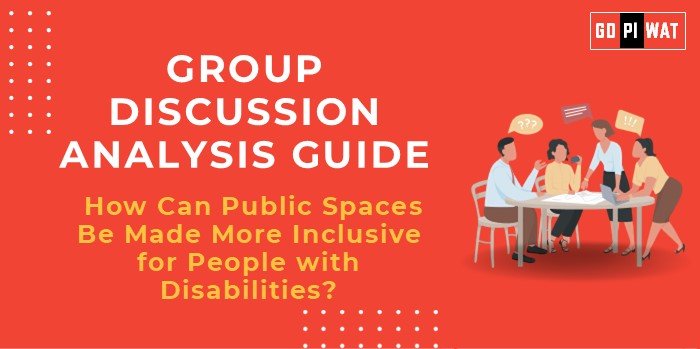🌐 How Can Public Spaces Be Made More Inclusive for People with Disabilities?
📖 Introduction to the Topic
“As urbanization accelerates, the inclusivity of public spaces becomes a critical benchmark of societal equity, especially for individuals with disabilities.” Accessibility for people with disabilities is mandated by international conventions like the UNCRPD (United Nations Convention on the Rights of Persons with Disabilities) and national legislation, yet practical implementation remains inconsistent globally.
📊 Quick Facts and Key Statistics
- 👩🦽 Global Prevalence of Disability: Over 1 billion people globally experience some form of disability (WHO, 2022).
- 🏛️ Accessible Public Infrastructure: Only 10% of public infrastructure in developing nations is accessible.
- 📜 India’s Legal Framework: Rights of Persons with Disabilities Act, 2016 mandates accessibility by 2022, yet 70% of facilities remain non-compliant.
- 📈 Economic Impact: Inclusive design could boost GDP by up to 7% by 2030 through increased participation of disabled individuals (World Bank).
🤝 Stakeholders and Their Roles
- 💼 Governments: Policy creation, funding, and enforcement of accessibility standards.
- 🏗️ Urban Planners & Architects: Design and implement accessible infrastructure, like ramps and tactile pathways.
- 🌍 NGOs: Advocacy, awareness campaigns, and monitoring compliance.
- 🧑🤝🧑 Citizens: Encourage inclusivity and hold institutions accountable.
🏆 Achievements and Challenges
✅ Achievements
- 📜 Legislative Milestones: Enactment of the RPWD Act, 2016 in India.
- 🏛️ Model Public Spaces: Countries like Norway and Singapore achieving nearly 90% accessibility compliance.
- 📱 Technological Innovations: Apps like Access Earth to identify accessible locations.
⚠️ Challenges
- 🚫 Implementation Gaps: Most urban transport systems lack adequate accessibility.
- 📉 Awareness Deficit: Limited awareness among policymakers and general citizens.
- 💸 Cost Constraints: Retrofitting older buildings is often expensive.
🌍 Global Comparisons and Case Studies
- 🇸🇬 Success Example: Singapore’s Universal Design Policy ensures nearly complete accessibility.
- 🇮🇳 Local Achievement: Delhi Metro’s tactile flooring and priority seating initiatives.
- 🌍 International Effort: Barcelona’s Inclusive Mobility Plan promotes accessibility in transport and public spaces.
💡 Structured Arguments for Discussion
- ✅ Supporting Stance: “Inclusive public spaces ensure equity and unlock economic potential for all citizens.”
- ❌ Opposing Stance: “High retrofitting costs and slow bureaucracy impede progress.”
- ⚖️ Balanced Perspective: “While costs are a concern, the long-term benefits of inclusive design outweigh initial investments.”
📢 Effective Discussion Approaches
- 📊 Statistical Opening: “Over 70% of facilities in India remain inaccessible to disabled individuals, highlighting the urgent need for reform.”
- 🌍 Contrast: “While urban accessibility improves globally, many developing nations still struggle with basic compliance.”
- 💬 Counter-Argument Handling: Use international benchmarks and highlight economic benefits through increased participation of disabled individuals in public life.
📈 Strategic Analysis: SWOT
- 💪 Strengths: Established legislation, increasing awareness.
- 🛠️ Weaknesses: Implementation gaps, lack of funding.
- 🌱 Opportunities: Technological innovations, growing advocacy.
- ⚡ Threats: Political apathy, high retrofitting costs.
🏫 Connecting with B-School Applications
- 📚 Real-World Applications: Projects focusing on inclusive urban design, policy evaluation, and stakeholder engagement.
- 💼 Sample Interview Questions:
- “How can universal design principles enhance inclusivity?”
- “Discuss the role of technology in making public spaces accessible.”
- 💡 Insights for Students:
- Use inclusive spaces as case studies for urban planning coursework.
- Explore internships with NGOs advocating accessibility.


